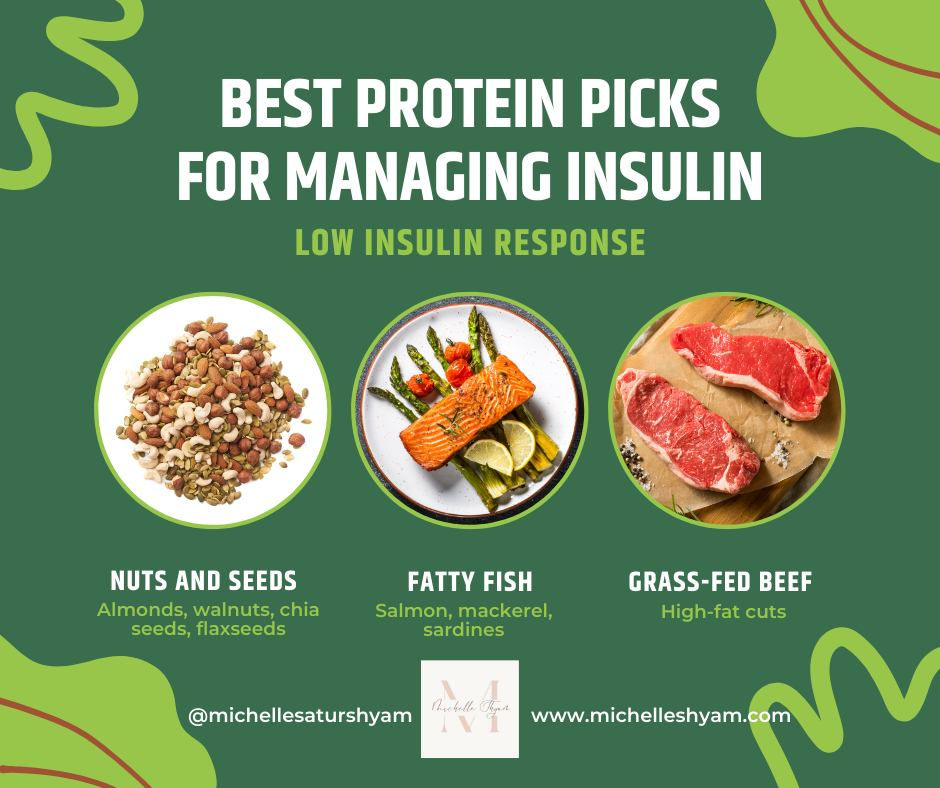How Many Carbs Do You Really Need?
- Michelle Shyam

- 5 days ago
- 3 min read
This is a very loaded question — and truthfully, there’s no straightforward answer. But here’s something to anchor on: among the three macronutrients — proteins, carbohydrates, and fats — only two are labelled essential. We have essential amino acids (from proteins) and essential fatty acids (from fats). There is no such thing as an essential carbohydrate. That’s because your body has the remarkable ability to make glucose — the end product of all carbohydrate digestion — from non-carbohydrate sources through a process called gluconeogenesis.
So, does that mean we don’t need carbs at all? Not quite. It depends entirely on who you are, what you eat, how much you move, and what your metabolic health looks like. Let’s break this down.
1. Dietary Preference
Your food choices automatically determine your carbohydrate intake to a large extent. Plant-based diets — like vegetarian or vegan diets — are naturally carbohydrate-heavy. That’s simply because plants are the source of carbs. Lentils, beans, peas, legumes, and grains — the main protein sources for vegetarians — all come with a high carb-to-protein ratio (typically around 3:1). So, even when you think you’re eating “protein,” you’re eating a good amount of carbs too.
On the other hand, animal-based diets (including eggs, fish, poultry, and meat) have little to no carbohydrates. So, if you are vegan or vegetarian by choice or belief, carbohydrates are here to stay — and that’s okay, as long as you know how to balance them.
2. Carbohydrate Threshold
Your carbohydrate threshold is the amount of carbs you can consume without either gaining or losing weight — provided your total calories remain constant. This threshold isn’t universal. It depends on several factors: your body type, gender, genetics, medical history, and activity level.
For instance, those with diabetes, insulin resistance, or high triglycerides typically have a low carb threshold. Their bodies struggle to handle glucose efficiently. Conversely, the lean and wiry ectomorphs among us — the ones who can devour biryanis and desserts without gaining a gram — have a high carb threshold.
3. Level of Activity
Your level (and type) of physical activity directly affects how your body uses carbohydrates. Some forms of exercise, such as long-distance running, cycling, or endurance sports like football, rely heavily on glucose as a primary fuel. These athletes perform better with higher carbohydrate intake.
However, weight training, Pilates, or high-intensity interval training (HIIT) can be done effectively on a lower-carb diet because these forms of exercise use stored glycogen and fat as energy sources during intermittent bursts.
Here’s the key idea: carbohydrates are fuel. If you’re not moving enough to use that fuel, your body will store the excess as fat through the action of insulin. So, the less active you are, the fewer carbs your body needs.
4. Medical Condition
Several lifestyle and metabolic conditions are directly linked to excessive carbohydrate intake. These include Type 2 Diabetes, non-alcoholic fatty liver disease (NAFLD), insulin resistance, high triglycerides, PCOS, hypertension, and obesity.
In these cases, carbohydrates act almost like a slow poison — worsening inflammation, fat storage, and hormonal imbalance. Conversely, metabolically healthy individuals — those with good insulin sensitivity, stable weight, and strong daily activity — can tolerate a higher carb intake without negative effects. That’s where the genetic lottery feels unfair.
So, How Many Carbs Do You Need?
To make this easier, here’s a broad guideline — assuming a 3-meal-a-day plan:
Pure vegetarian / Vegan (healthy, active): ~30–35g per meal(Workout 5 days a week with good cardio volume)
Runner / Endurance athlete / Sportsman: ~40g per meal(Workout 6 days a week, long-duration training)
Overweight (not insulin resistant), moderate activity: ~30g per meal(Workout 3–4 days a week)
Diabetic T2 / NAFLD / PCOS / Obese, moderate activity: ~25g per meal(Workout 2–3 days a week)
Sedentary lifestyle with medical conditions: ~20g per meal(Minimal or no exercise)
Maintenance mode: Keep carbs slightly lower than proteins.They don’t necessarily have to be lower than fats — but when carbs stay below protein intake, the hormone Glucagon dominates over Insulin, which helps maintain weight and metabolic balance.
My Final Thoughts
Carbohydrates aren’t the enemy — ignorance of your threshold is. The goal isn’t to remove them entirely, but to match intake with your body’s needs and activity level. A fit, active person can thrive on moderate carbs, while a sedentary, insulin-resistant individual may need to go lower to stay healthy.
And remember — if you’re currently on one of my personalized food charts or programs, please continue following your custom plan. What’s written here is general guidance and may not apply to your specific chart, which is designed precisely for your metabolism and goals.














Comments